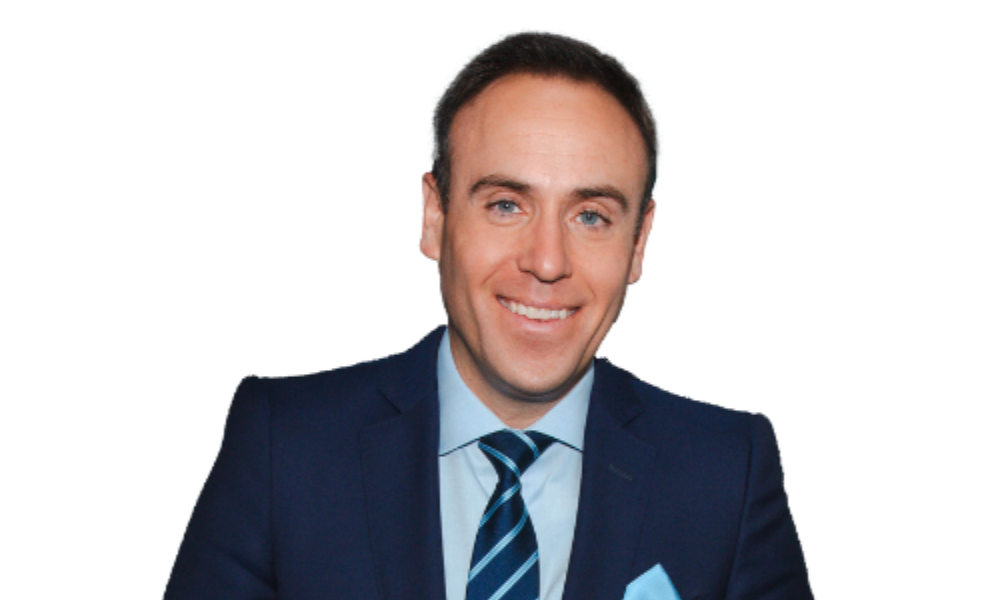Investors who use ETF portfolio strategies offered by fund providers may be overlooking some things

A recent development in the ETF strategist industry, particularly south of the border, is the use of free ETF portfolio strategies. The offering was conceived by fund providers as a way to appease fee-conscious investors: by offering ETF portfolio strategies for free, the firms help investors avoid fees paid to ETF strategists.
But according to Henry Ma of US-based Julex Capital, those who follow such strategies may run up against unexpected costs. “Normally ETF strategists use the most liquid and least expensive passive ETFs to create ETF portfolios, most of which are dynamic and tactical in nature,” he explained in a piece published on ETFTrends.com. “Depending on how [actively] the portfolios are managed, the fees of ETF portfolios vary.”
He then went on to explain that ETF issuers may create free portfolios that either use a combination of their passive ETFs and their proprietary active ETFs, or use their own passive ETFs. In the case of totally passive ETF portfolios, Ma said advisors could use the portfolio as a core holding and employ other active/tactical ETF portfolios as satellites to enhance returns or reduce risk.
“[T]he proprietary ETFs used in the free [portfolios] may not be the best in their asset class or investment style categories,” he said. “In many cases, there are substitutes managed by other firms that may have better performance record, lower expense ratios or more liquidity.”
Ma went on to say that management fees should be proportional to the value the manager offers or intends to offer. Tactical or active ETF strategies, therefore, should charge the highest fee since they offer outperformance or reduced portfolio risk. Strategic or passive portfolios, meanwhile, should charge the lowest fee since they don’t intend to generate excess returns or soften portfolio risk. Hybrid strategies, those that combine strategic and tactical components, should charge something in between, with the fee being calculated based on the relative weights of the different components.
“[W]hen they evaluate the expenses of ETF portfolio strategies, advisors should consider the total fee including both the ETF strategist fee and the fees of the underlying ETFs,” he said. “Some of the free ETF portfolios, especially those with active proprietary ETFs, may be more expensive.”
He added that advisors should pay ETF strategists based on the potential extra value their strategies may add to clients’ portfolios; strategic passive portfolios, which advisors could easily recreate, should not cost much, while tactical active portfolios should deserve higher fees because “there is a potential benefit of enhancing returns and/or reducing risks.”



